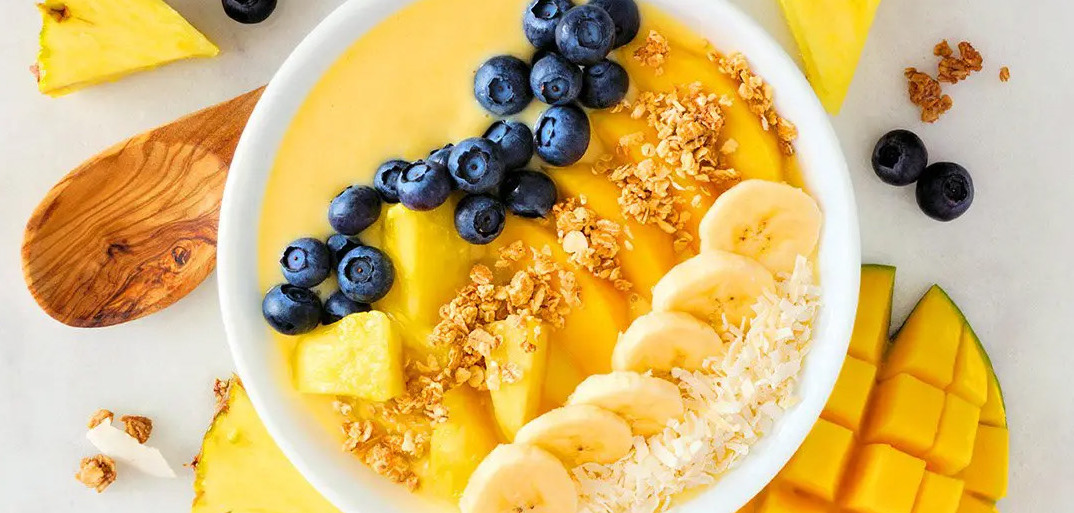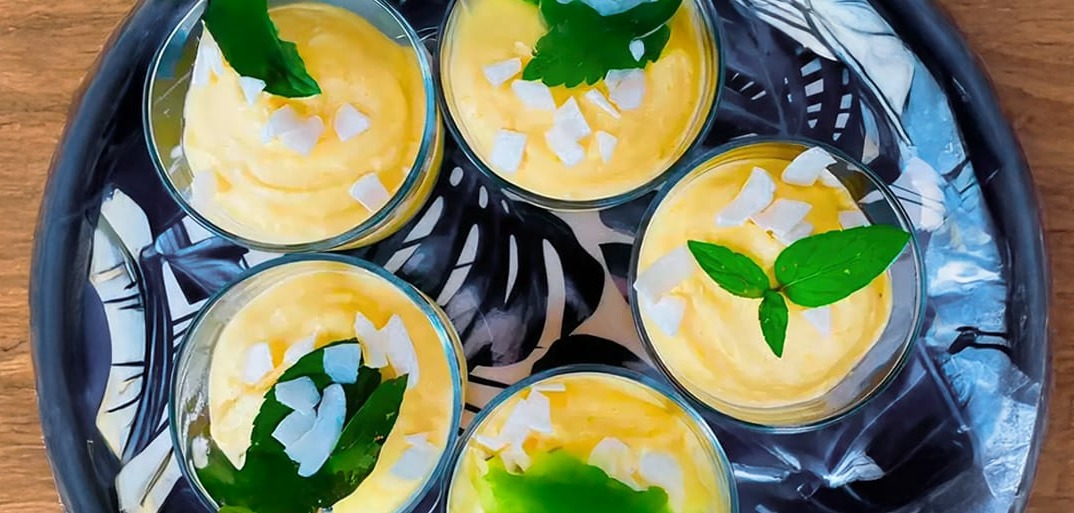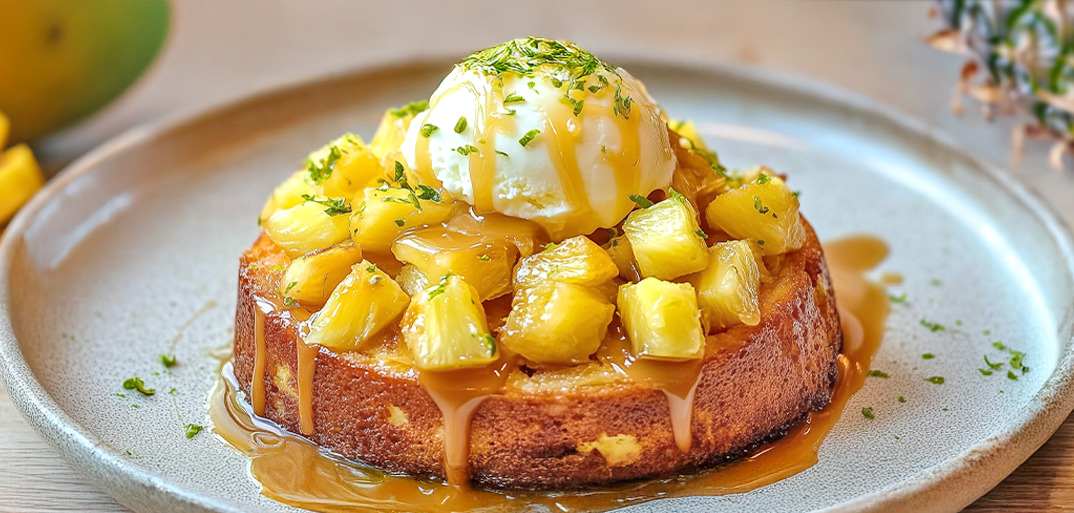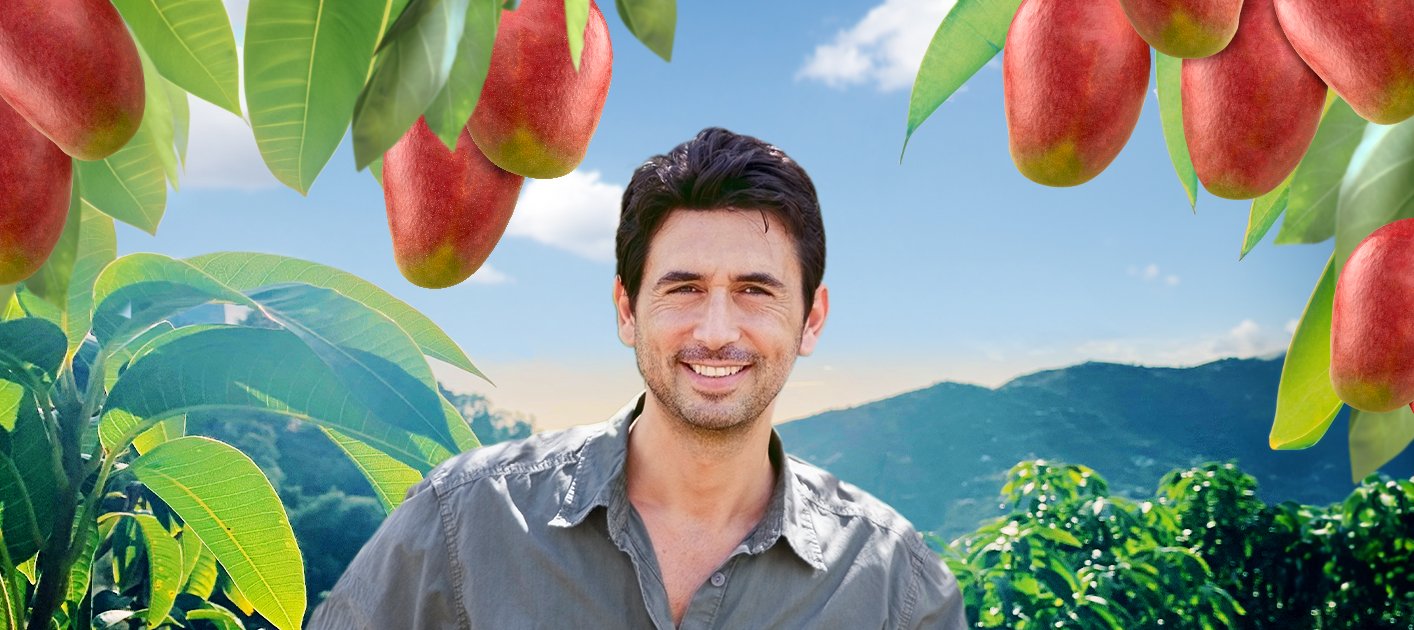
Sweetness ripeness test passed.
Sweetness ripeness test passed.
A light breeze passes over our farm in Peru at the foot of the Andes and gently caresses the leaves of the mango trees. Although picker Flávio Moraes has been up since six o’clock, he is beaming like the sun. “At the end of harvest time, we’re all always in a great mood here”, he reveals to us. “Over 140 days, we’ve watched the mangoes grow and ripen, pampering them from top to bottom. We’ve collected rainwater in catch basins for them or piped clear mountain water to them and provided them with drip irrigation”.
The trees are expertly pruned regularly so that the fruits get plenty of sun and can grow and ripen evenly. Only when the sugar content is high are our delicious “Summer Dreams” then harvested. “We cut the fruit very carefully from the tree with scissors and do not touch it after harvesting. This preserves the dew-like protective film, the pruina, on the fruit. It is a quality mark and protects the mangoes”, Flávio explains to us.
All of SanLucar’s mangoes, whether they are grown in Peru, Spain, Brazil, the Dominican Republic or Senegal, are allowed to ripen in tropical-like conditions after harvest. This means more work because they have to be regularly turned over by hand. But it’s worth it, because this gentle treatment means the fruit is of better quality and stays fresh longer.
But of course, we are not only good to our fruits, but above all to the people who nurture them with so much passion. We pay them fairly and support them and their families with school scholarships and sports activities, for example. And so our heavenly sweet, extra-juicy and low-fiber mangoes taste doubly delicious. No wonder Flávio is so proud.
Our mangoes
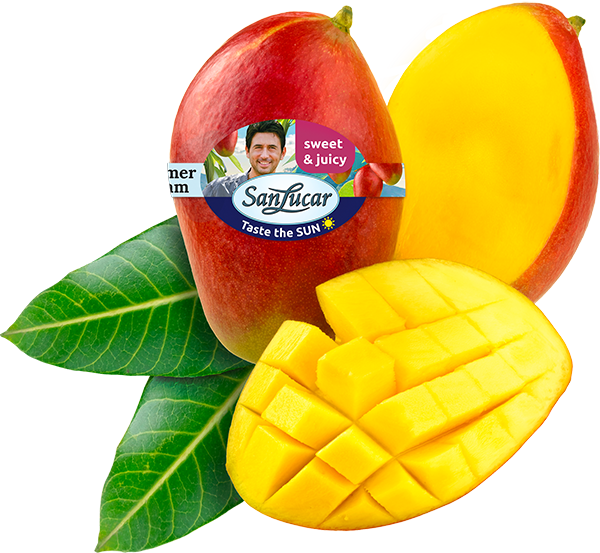
Summer Dream
Our extra-sweet, low-fiber mangoes are great for salads, chutneys, smoothies and more. We prefer to snack on them pure!

Good to know
Mangoes have their full exotic aroma when they feel somewhat soft when squeezed.
More interesting factsabout mangoes
Country of origin
Our mangoes, for example, are grown in Spain, Brazil, Peru, the Dominican Republic and Senegal, where the climate is optimal, and the soils are fertile.
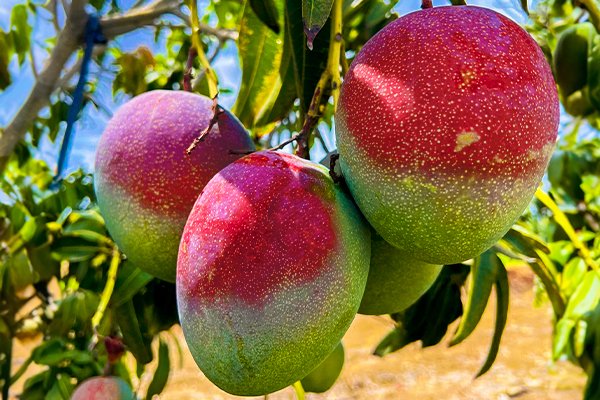
Nutritional information
| Vitamin C (mg/100 g) | 37 mg |
| Vitamin E (mg/100 g) | 2 mg |
| Potassium (mg/100 g) | 170 mg |
| Calcium (mg/100 g) | 12 mg |
| Magnesium (mg/100g) | 18 mg |
| Calorific values: Energy | 59 kcal |
| Fett thereof |
0.45 g |
| Saturated fatty acids | 0.2 g |
| Monounsaturated fatty acids | |
| Polyunsaturated fatty acids | |
| Carbonhydrates | 12.4 g |
| of which sugar | 12.2 g |
| Protein | 0.6 g |
| Salt | 8 g |
| © German Food Code 3.02 |
Storage
Mangoes ripen after harvest. They should not be stored below 12 degrees Celsius. In order not to lose its valuable ingredients, a ripe mango should not be kept for more than a few days. Do not put the fruit with apples, because they give off ethylene gas and this makes mangoes ripen and mold faster.
Tips and special features
The fruits are incredibly versatile: you can snack on them pure, use them as a dessert or even for spicy curries and salads. If you want to eat them pure, you should cut the mango in half lengthwise and carefully cut around the core. Then cut a check pattern into the mango half. Turn the half upside down and cut off the mango cubes with a knife.
History
The mango is a tropical fruit and originally comes from the area between the Indian Assam and Myanmar or from Borneo.
Taste in harmony with people and nature
We use our modern, digitally controlled water management system to save water, always rely on natural predators first when dealing with pests and protect the bees.
More about our social responsibility
